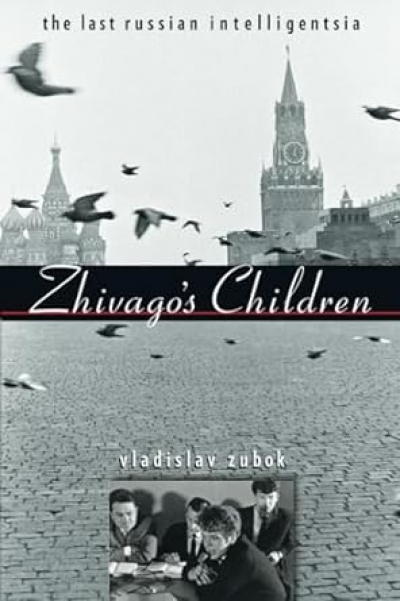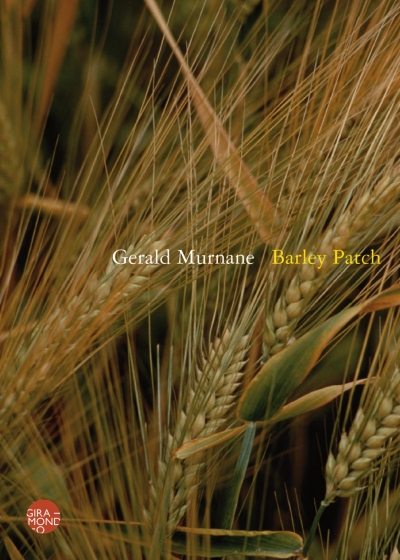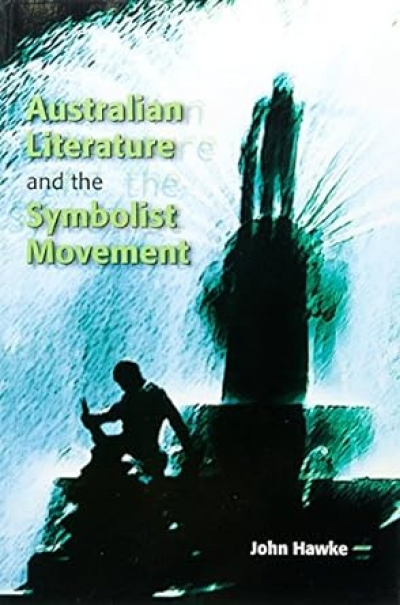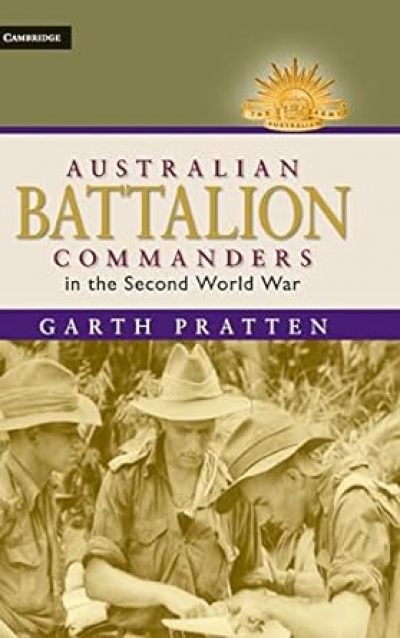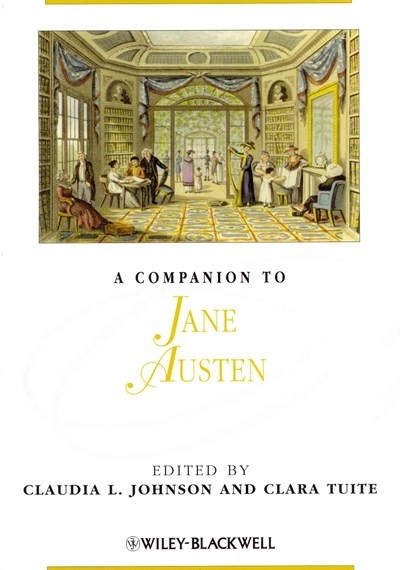Accessibility Tools
- Content scaling 100%
- Font size 100%
- Line height 100%
- Letter spacing 100%
Archive
The ABR Podcast
Released every Thursday, the ABR podcast features our finest reviews, poetry, fiction, interviews, and commentary.
Subscribe via iTunes, Stitcher, Google, or Spotify, or search for ‘The ABR Podcast’ on your favourite podcast app.
‘Where is Nancy?’ Paradoxes in the pursuit of freedom
by Marilyn Lake
This week on The ABR Podcast, Marilyn Lake reviews The Art of Power: My story as America’s first woman Speaker of the House by Nancy Pelosi. The Art of Power, explains Lake, tells how Pelosi, ‘a mother of five and a housewife from California’, became the first woman Speaker of the United States House of Representatives. Marilyn Lake is a Professorial Fellow at the University of Melbourne. Listen to Marilyn Lake’s ‘Where is Nancy?’ Paradoxes in the pursuit of freedom’, published in the November issue of ABR.
Recent episodes:
There is a timeless quality about some Australian authors that causes one to applaud when discerning publishers revive their work for new generations of readers. Wakefield Press’s reissue of Alan Moorehead’s The Villa Diana, first published in 1951, presents this fecund author’s book of essays, now subtitled ‘Travels in Post-war Italy’ ($24.95 pb, 224 pp, 9781862548459). It provides a neat introduction to Moorehead’s famous camera-like eye and his beguiling prose, which, as one commentator put it, offers ‘a long conversation that you wish would never end’.
... (read more)Zhivago’s Children: The Last Russian intelligentsia by Vladislav Zubok
Cyril Hopkins’ Marcus Clarke edited by Laurie Hergenhan, Ken Stewart and Michael Wilding
At the moment, my hero is Rimbaud’s self in his Les Illuminations. Who knows who it will be tomorrow? And my heroine? Always Lo.
... (read more)


